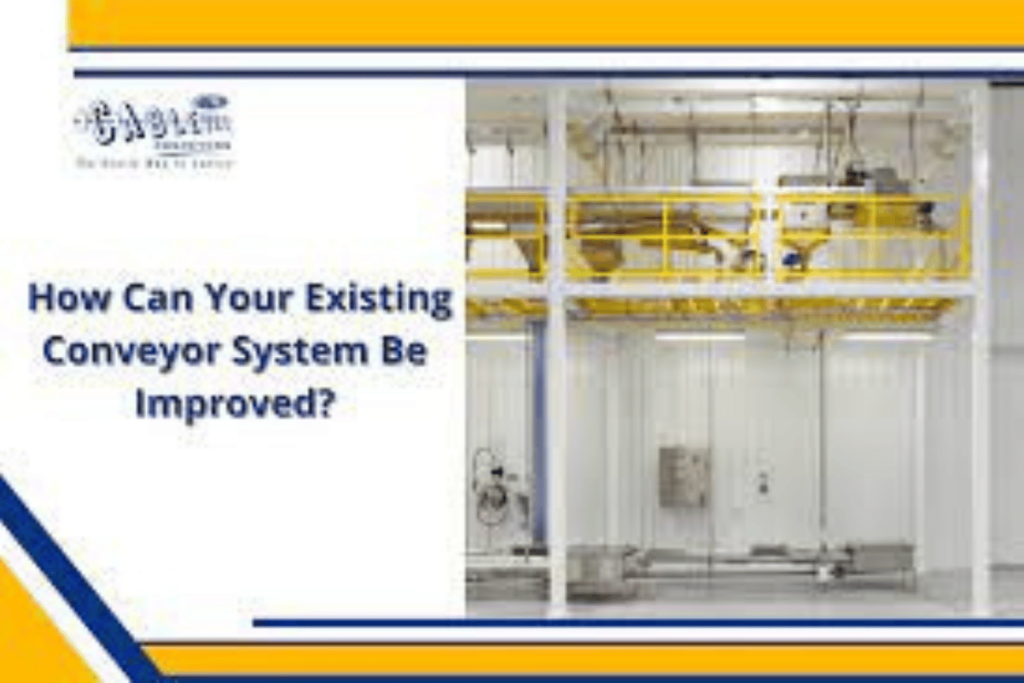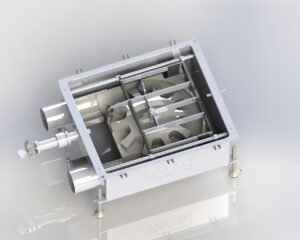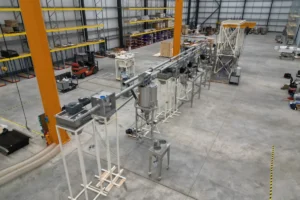Unlock the potential of your operations as we delve into the question: How can your existing conveyor system be improved? With automated conveyor solutions like the tubular conveying system, Cablevey Conveyors brings you expert insights on optimizing performance and maximizing the lifespan of your conveyor infrastructure. Join us on a journey of improvement where innovation meets the demands of the evolving industrial landscape.
How Can Your Existing Conveyor System Be Improved?
Enhance your existing automatic conveyor system by conducting a comprehensive audit, optimizing design for efficiency, implementing preventive maintenance, ensuring cleanliness, and investing in high-quality components. Cablevey Conveyors provides tailored solutions for improved performance and longevity, ensuring your operations reach peak efficiency.
According to our latest research on the state of conveying in 2022, only 38% of representatives from industrial facilities declared that they were extremely satisfied with their conveying systems. That means that a staggering 62% are not entirely happy with their current setup, with 2% being extremely unsatisfied.
What Does It Mean to Be Satisfied or Dissatisfied With the Way Your Conveyor System Operates?
The most important factor by far is the system’s ability to move products from point A to point B without any issues. In other words, the automated conveyor system needs to be efficient. But there are some other factors that come into play when assessing the overall performance of an industrial conveyor system, including:
- The amount of product damage and waste or spillage,
- The amount of downtime,
- Maintenance and repair costs.
If any of these factors are not up to par, it’s likely that your material handling system is not operating as efficiently as it could be. Luckily, there are a number of ways to improve the performance and productivity of your existing conveyor system.
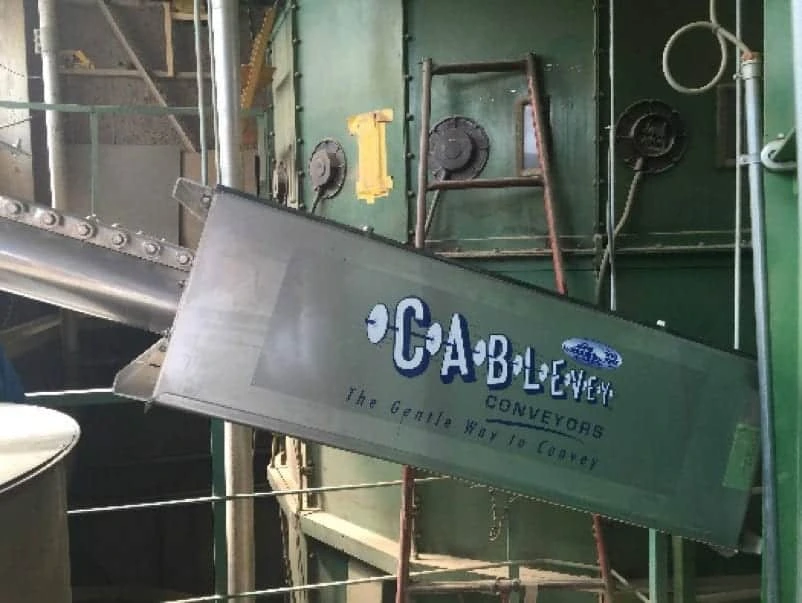
Make Sure It’s the Right Type of System
Too often, businesses will choose a conveyor system based on its popularity or because it’s the cheapest option without considering whether or not it’s the right system for their needs. As a result, they end up with a conveyor that doesn’t suit their application and struggles to meet their expectations.
Another problem is that facilities might choose a conveyor that fits the needs of their operation at the time without considering how those needs may change in the future. As a result, they end up with a system that cannot keep up with their changing requirements.
Unfortunately, this is a problem that cannot be easily solved. Once a conveyor system is installed, it’s not easy or cheap to replace. However, if you find yourself unable to replace your conveying system or if it is the right type for your needs but isn’t performing at its best, there are several ways you can improve it.
Conduct a Conveying System Audit
The first step to improving the performance of your conveyor system is to conduct an audit. This will help you identify any areas that need improvement. A conveying system audit should assess:
- The design of the system,
- The equipment being used,
- The way the system is being used,
- The environment in which the system is operating.
You can either conduct the audit yourself or hire a professional to do it for you. By the end of an audit, you should have a clear idea of what needs to be done to improve the performance of your system. This should come in the form of a comprehensive report, complete with detailed statistics on the current state of your system (such as how much downtime it’s experiencing, how much product is being wasted, and the conveying system throughput).
These statistics will provide a good starting point for setting goals for improvement. They will also give you a frame of reference against which you can measure the success of your improvement efforts.
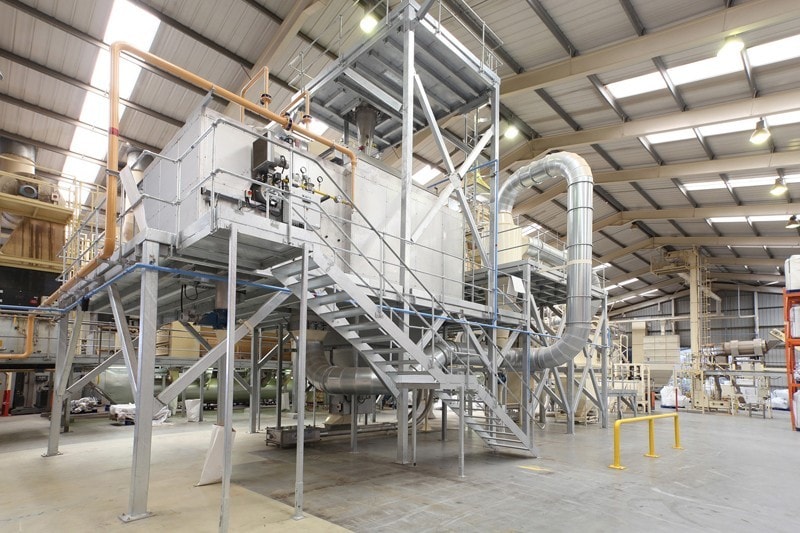
Optimize the Design of Your Conveying System
Once you’ve conducted an audit and identified areas that need improvement, the next step is to optimize the design of your conveying system. This may involve making changes to the system layout, modifying the equipment being used, or both. For example, suppose you’ve identified that product damage is a major issue. In that case, you may need to change how the product is being conveyed (such as using different types of conveyor belt systems or changing the speed at which the product is moving).
Implement a Preventive Maintenance Program
Another way to improve the performance of your conveyor system is to implement a preventive maintenance program. Preventive maintenance is a type of maintenance that is performed on equipment before it breaks down. The goal is to prevent issues from occurring in the first place rather than waiting for them to happen and then fixing them after the fact.
Consider Regular Inspections
A preventive maintenance program should include regular inspections of the equipment, as well as regularly scheduled maintenance and repairs. By doing this, you can avoid many of the common issues that lead to conveyor system downtime and high maintenance costs.
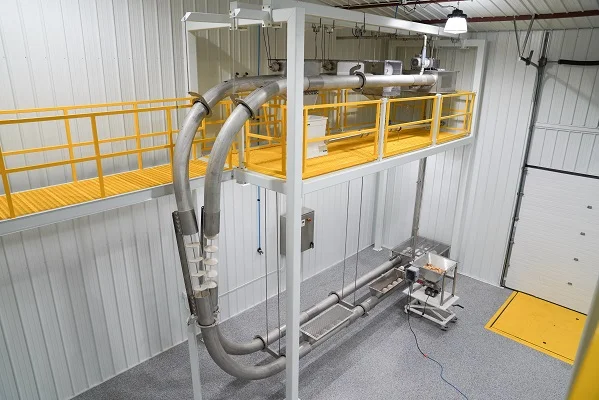
Ensure Your System Is Clean
This may go without saying, but you would be surprised how often industrial conveyor systems are not kept clean. A buildup of dirt, dust, and other debris can lead to some problems, such as clogged tubes and reduced conveyor life.
Cleaning your conveyor system regularly will help to prevent these issues from occurring. This is especially important if you are working in an industry that produces a lot of dust or other airborne particles or one where cleanliness and sanitation are a top priority, such as the food and beverage industry. Special clean-in-place mechanisms can be used to clean automated conveyor systems without having to disassemble them.
Improve Environmental Conditions
You may not think that the environment has much to do with the performance of your conveyor system, but it can actually have a big impact. For example, rust and corrosion can be major issues if the system operates in a humid area. This can lead to equipment failure, which can then result in downtime. Another example is if the system is operating in an area with a lot of dust. This can lead to clogged bearings and other, more serious issues such as dust explosions.
So, if you want to improve the performance of your conveying system, it’s important to take the environment into account. Do what you can to improve the conditions in which the system is operating. This may involve making changes to the way the system is used, or it may require changes to the facility itself. By improving the environmental conditions, you will also improve workplace safety for people working on or around the conveyor.

Invest in High-Quality Conveyor Components
If you want your conveying system to operate at peak efficiency, it’s important to invest in high-quality components. This includes things like tubes on a tubular conveyor, belts on a belt, rollers on a roller, cables on a cable, chains on a chain conveyor, and bearings. At the cross-section between this tip and the one about regular maintenance is the advice that you should replace conveyor parts before they fully break.
What we mean by this is that components typically don’t just break without giving any warning signs. If you know what to look for, you can usually spot when a part is beginning to fail. By replacing it before it fully fails, you can avoid unexpected downtime and keep your system running smoothly.
Strategic Part Replacement – Boosting Efficiency and Minimizing Downtime
Not to mention that a failing part is almost equally as bad as a broken part. It might not have completely failed yet, but it’s not performing at its best. This can lead to decreased efficiency and increased product damage. So, it’s always best to replace parts before they fail. It is also a good idea to store a small inventory of spare parts you most commonly replace to avoid waiting for them to be delivered.
What if You’re Still Having Problems?
What if you’ve followed all of the tips above and you’re still having issues with your conveying system? The truth is, sometimes, you cannot adjust the conveying system enough to make it work properly. It can be due to a number of reasons, including it being the wrong system for your needs, or it may be because the system is too old and needs to be replaced. In these cases, you may need to get an entirely new system.
A conveyor system is a major investment, so you’ll want to be sure that you’re getting the most out of it. Before you make a decision, be sure to consult with expert conveyor systems manufacturers. They can help you determine whether or not a new system is the best option for you and, if it is, what type of system would be best for your needs.
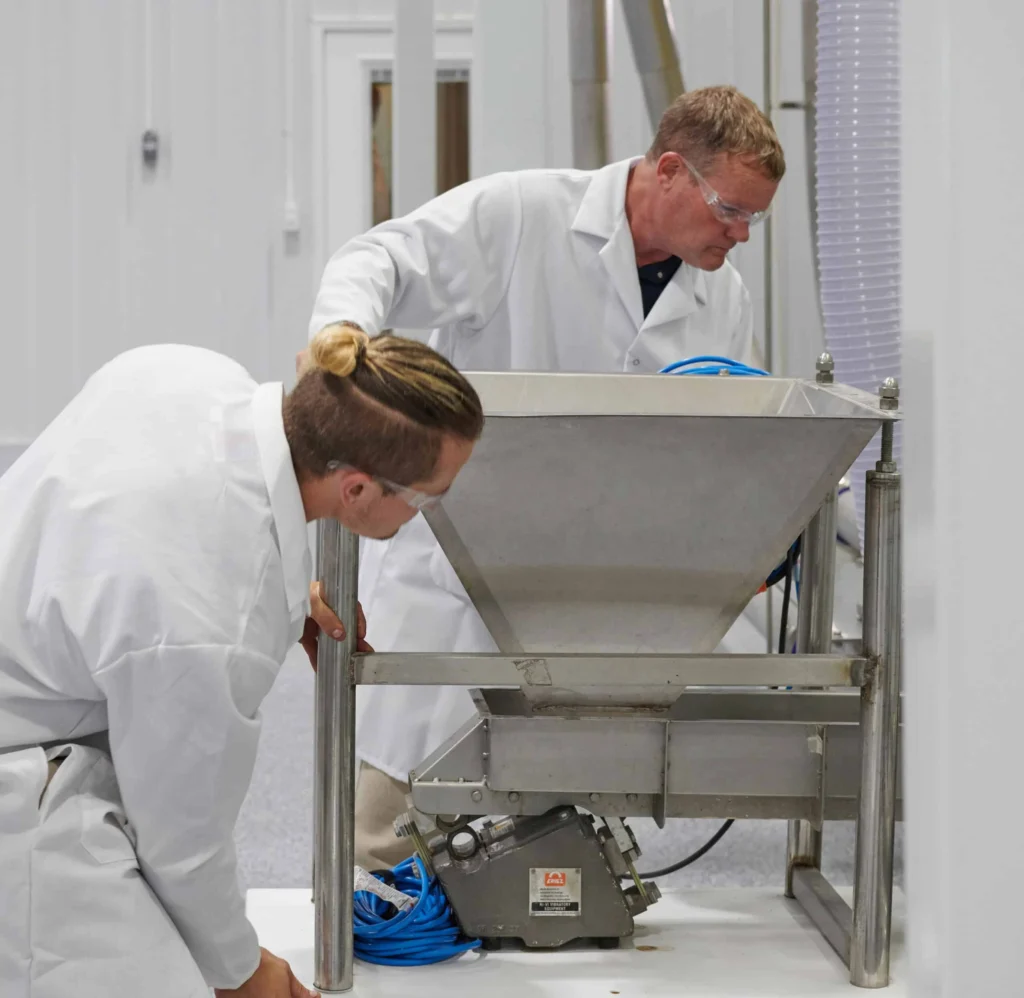
Cablevey Conveyors Can Improve Your System’s Performance
Not being satisfied with the performance of your conveying solution can be frustrating. But by following the tips above, you can improve the efficiency of your system and get it running smoothly again. Make sure you’re using high-quality components, regularly maintaining your system, and taking the environment into account, among other things.
And if you’re still having problems, don’t hesitate to consult with an expert. They can help you determine whether or not a new system is the best option for you. For more information on how to improve your system or to learn more about the most efficient manufacturing conveyor systems for the food processing industry, don’t hesitate to reach out to Cablevey Conveyors.We’re the world’s leading provider of sanitary tubular cable and disc conveyor systems. We offer a wide range of products and services to meet the needs of the food processing industry, including system design, installation, and maintenance. Contact us today to learn more about how we can help you improve your conveyor system.

